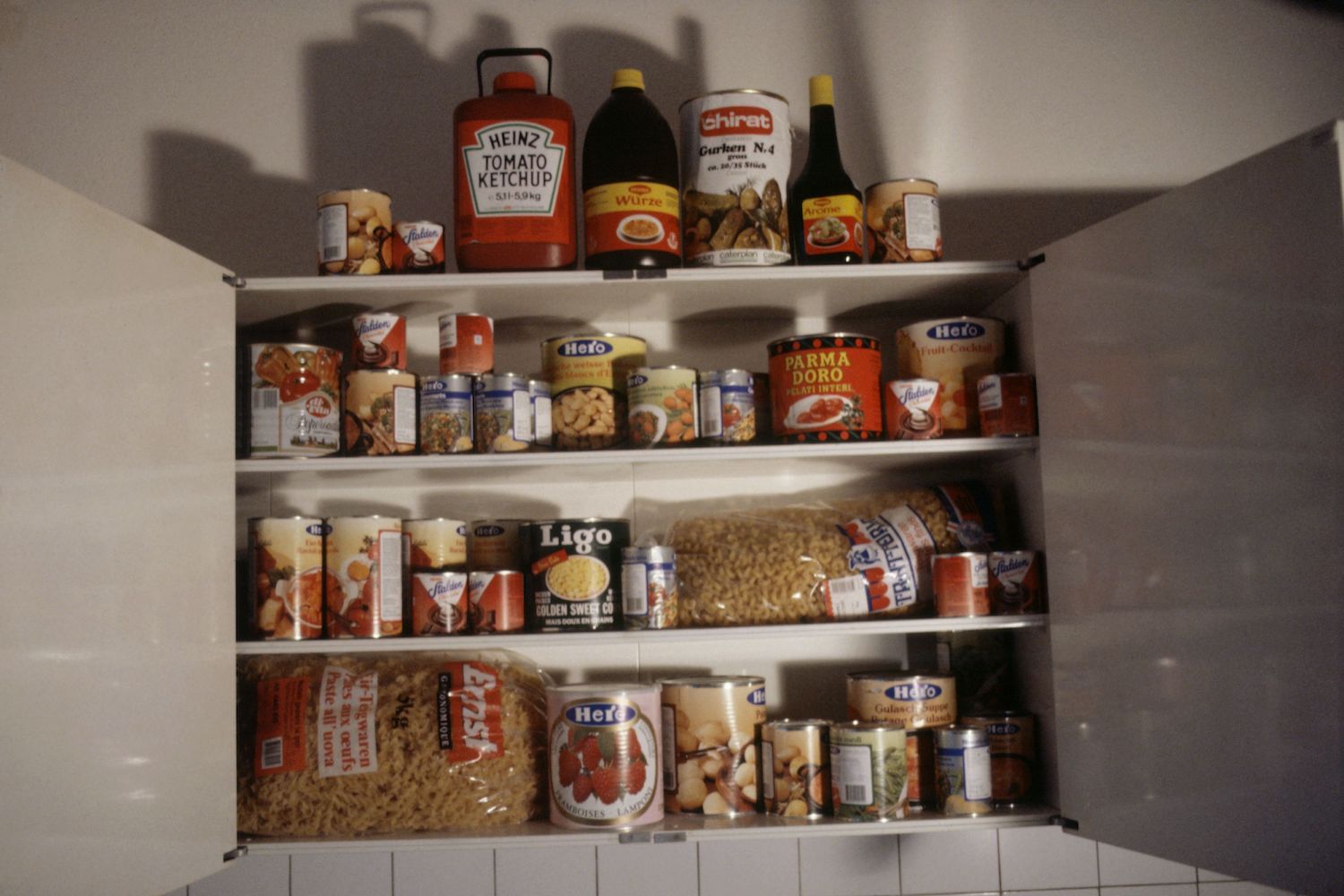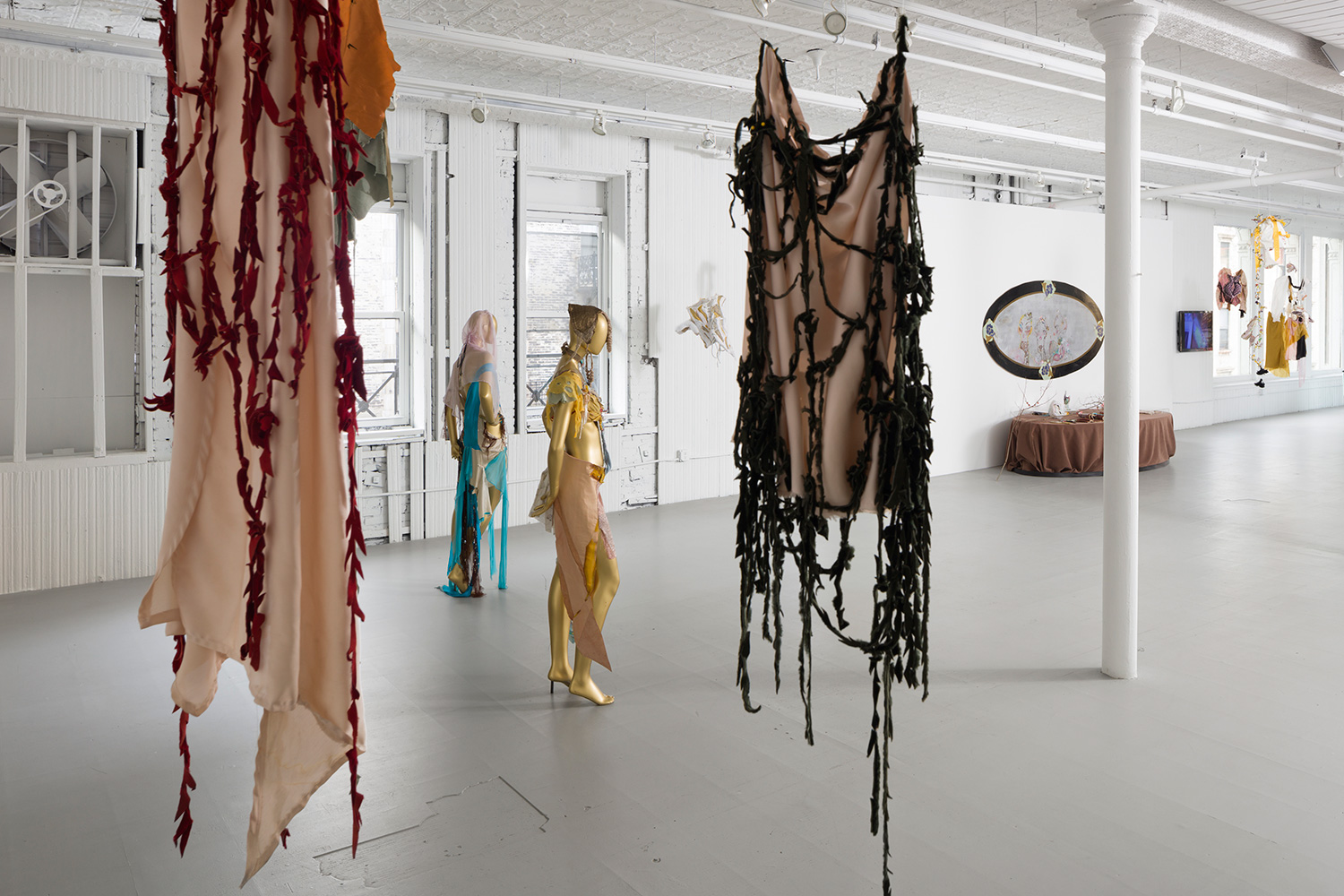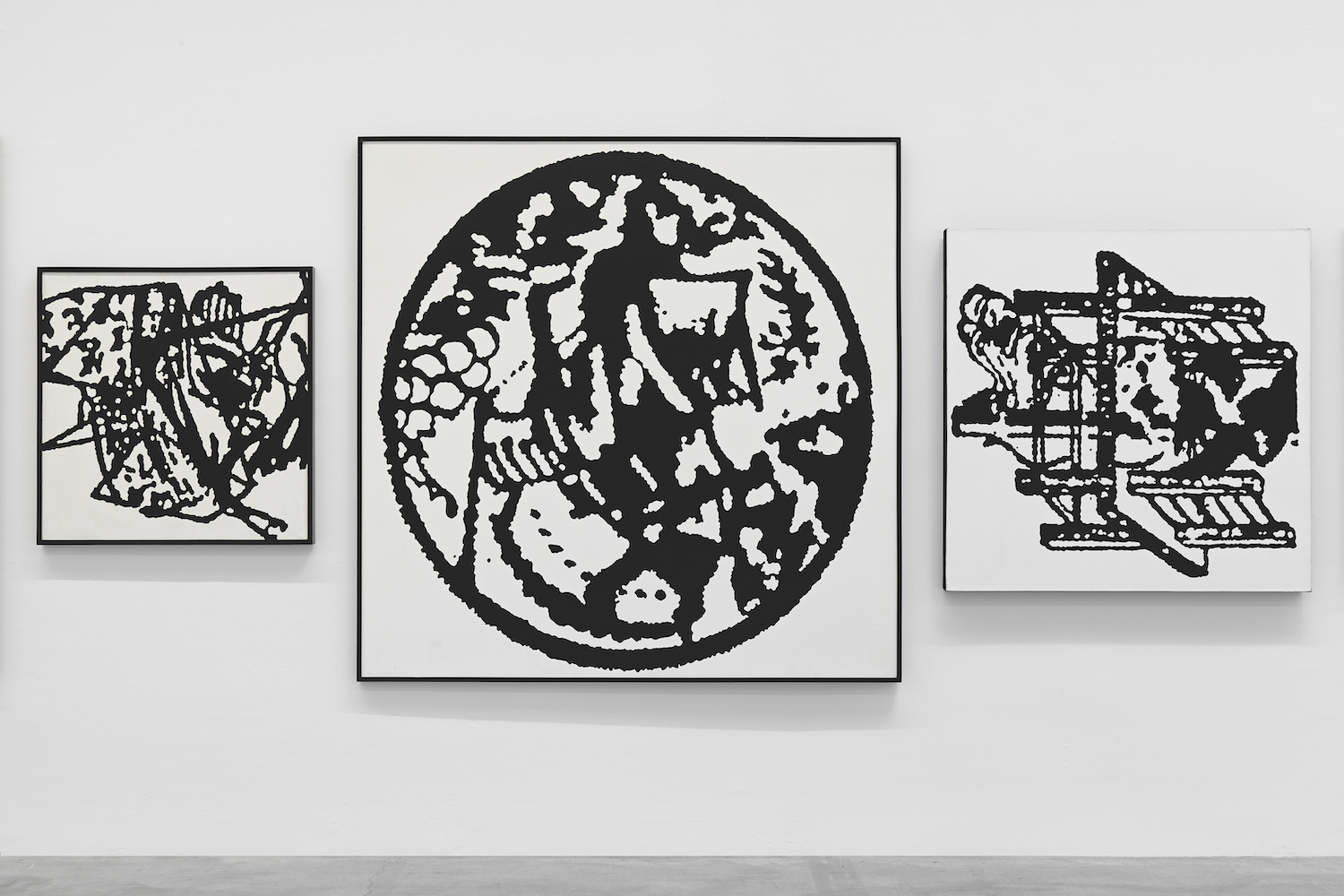A column conceived by Hans Ulrich Obrist on his “unrealized projects”. Spanning from exhibitions to publications, from recordings to interviews, this section came to life after a conversation between Flash Art Editors and Hans Ulrich Obrist on his archive of unrealized projects. “Sometimes” he claims “we should know more about projects that do not happen to enable them to get realised.”
We are honoured to publish a series of ‘unaccomplished projects’ in order to open possible parallel realities to explore.

For the first column I wanted to do it a bit like a meta-column: to explain what the unrealized projects are, how I began to be interested in them, how long I’ve been recording them, and why. The thing with unrealized projects is that I started to be obsessed with art when I was a teenager, so I am very excited to do this column, and to do it with Flash Art. When I was twelve or thirteen or so I became magnetically attracted to the long thin figures of Giacometti, and then, when I was closer to thirteen or fourteen, I began to work on this imaginary museum of postcards in my bedroom, which was in some ways the first unrealized project because I conceived of a museum that was imaginary. With all my pocket money I bought postcards of artworks, mostly in Swiss collections and museums, and I would basically put these postcards together in conversations with each other, a little bit like Aby Warburg, the art historian who had something called the Mnemosyne Atlas in which he arranged all these images on big panels.
I was living in Kreuzlingen on Lake Constance, this very beautiful lake where you have three countries, Germany, Austria, and Switzerland, joining so that you can actually swim from one country to another. In the evenings one could go to the movies by crossing the border. This idea of permanently crossing borders has had a big impact on my life, I think — the idea of growing up in a triangle of these three countries in a totally transnational way. I went to school at this lake, and every day I would pass by a strange, abandoned old house in a garden. It felt very haunted, this house. I, of course, kept asking people about the former life of this house, and one day the art teacher at school explained to me that it was a significant house because it had been the clinic of Ludwig Binswanger, who was a very important psychoanalyst and researcher. Binswanger was actually the topic of Michel Foucault’s thesis, so a very legendary figure. Ludwig Binswanger had made an analysis that was both existential and phenomenological. He was central to Foucault’s thought at the beginning. He is almost Foucault’s prehistory. The most famous patient in his clinic on the lake was Aby Warburg. I was fascinated that this famous German art historian, Aby Warburg, had been a patient in this house, and it was in this house that he wrote about the Hopi “serpent ritual,” which is writing that is very urgent to read. Warburg was the scion of a very prominent Hamburg banking family and became this Pan-European art historian who looked into antiquity and into the Renaissance, dealing with the idea of how we invent the future with fragments of the past. But he was also very interested in these very confidential, or secret really, rituals of the Hopi in Arizona, and was, of course, also in very strong resistance to the rising tide of anti-Semitism in Germany in the 1930s. I was really inspired by the serpent ritual, and also by this idea that there was this art historian who had stuck these images onto boards. At this point I was a teenager, and it was too early for me to understand the scope of Warburg, but it triggered for me this idea of having in my childhood bedroom these big boards where I would tape postcards and move them and create the rooms of an imaginary museum.
Then, when I was like sixteen, this very strong desire rose in me to actually meet artists, to go beyond visiting exhibitions and to go into studios. I wasn’t really connected to artists — I didn’t know anybody, but I had this book that was published by Flash Art actually, the Art Diary, which listed artist’s phone numbers, so I could ring up artists. And it was amazing, because the artists were so open and touched that someone so young was interested in their work. So between sixteen and twenty, for three or four years, I was able to visit on night trains so many studios. The first studio visit, when I had just turned seventeen was with a Swiss artist called Claude Sandoz, who was a very interesting 1970s painter followed by the visit with Peter Fischli and David Weiss, which was in 1985. I went to the studio in Zurich, where they were working on this film, “The Way Things Go,” of an endless chain reaction, which has become one of their most iconic works and was shown only a year or two later in Documenta. For me to be in the studio and to see the alchemy of this film taking form was really important. They sent me also to lots of other studios. The same day they sent me to the studio of H.R. Giger, the great artist and Hollywood designer who won an Oscar for the visual effects in the film Alien.
One of the second or third artists that Fischli and Weiss sent me too, because they always gave tasks and had become sort of like my mentors, was Rosemarie Trockel, who was then in her thirties. It was the beginning of Louise Bourgeois getting attention — she had just had her first museum survey in 1982 at MoMA in New York. And Rosemarie said she was very happy that Louise was gaining recognition because it was then such an extremely male-dominated art world. But she said at the same time that it was very upsetting, because there were so many other amazing women artists whose work had not yet and might never get attention. There were so many other Louise Bourgeoises. And she said one should just go from city to city and visit these extraordinary women artists, pioneers, and interview them and make exhibitions with them. She said as an artist she didn’t really have time, but it would be a really important task for one to take up, and she said you should do this as a young curator, and I’ve done it ever since. That’s how I met Marisa Merz and Lygia Pape, ten to fifteen years ago, and more recently Faith Ringgold, Luchita Hurtado, who never had a museum show before her show at the Serpentine this summer; it is all part of the task Rosemarie gave me to protest against forgetting and give visibility to the work of these women artists.
Soon after that, maybe a week after, I went to Rome on a school trip but didn’t attend the school program and instead spent the day with Alighiero Boetti. Fischli and Weiss had given me his number. Boetti took me to his astrologer, who made a horoscope. She was also the astrologer of Fellini — an amazing medium and a great spirit. At the same time he took me to a restaurant and we had this conversation where he pushed me really hard and said, “What do you want to do with your life?” I was aware of Harald Szeemann, so I said I might want to be a curator. And he said, “You know, that’s really boring, and you shouldn’t become a boring curator. It’s incredibly boring because curators always do the same thing — they do museum shows and gallery shows and sometimes biennials and, for artists, it’s really depressing because we are always invited to do the same things and nobody really asks artists what they want to do.” And in some ways that was the most important thing anyone had ever told me, because he said one should somehow invert or revert this relationship between curator and artist, where the curator says, “I want you to do this show or fill that space.” The curator should just go and listen, really listen to what the artist wants to do, which might not be an exhibition — it might be something totally different. It might be a school, or a campaign, but it might also be to go to another planet. He said there are all these projects that don’t fit into frameworks or constraints, which we should first of all begin by listening to. He also said, which I thought was such an incredibly prescient observation, that we know a lot about architects’ unrealized projects because they obviously publish them all the time, and very often get them built by publishing them. If you think about my dear friend the late Zaha Hadid, at the beginning when she did her utopistic and visionary drawings, everybody in the architecture world thought they were amazing but unbuildable because technology had not yet caught up to these shapes. But of course by publishing these drawings, little by little, she not only imposed her language on the world but also found ways — and technology helped — to will these projects into being. Of course by the end of her life she had dozens of buildings under construction and has realized many of the projects that were once thought to be unrealizable. Boetti said you should just listen, and of course listening to artists is still the core of what I do.
Soon after, I met Jonas Mekas, who said that although of course Boetti was right, and it was a genius idea to document unrealized projects — and Jonas himself had this beautiful idea for a house, which maybe we will talk about in the next column to honor him — he said that Boetti was also wrong because you shouldn’t just listen and write it down but you should record it because your memory might fail you or you might forget something and you will regret not having it recorded. So he said to always have a camera with you. And I said, well, I can’t really film, and he said if you’re not good at filming it’s actually better because it’s not intimidating: you just put the camera somewhere and forget about it and then you have this recording. And since then I’ve recorded four thousand hours of conversation, and in these conversations there is always this recurring question following Boetti — to ask whoever it is I’m talking to about their unrealized projects. In this archive of four thousand hours of conversation, the only question that recurs consistently and throughout is about unrealized projects. More recently, in the last fifteen years, there is always this question I would ask, which is the Rainer Maria Rilke question, about advice to a young artist or poet or musician or architect. And even more recently, in the last ten years, I have always asked a third question, which is the question of the catalogue raisonné. Working closely with Gerhard Richter, I was always fascinated that he, so early on, just after his studies in the 1960s, had decided that a painting he made of a blurred table was number one in the catalogue raisonné. I always thought it was very interesting, because for some artists it’s clear from the very beginning where the student work ends and where the real work begins, but some artists never do that catalogue raisonné, or if they do they do it only at the end of their lives. Some artists just leave it to posterity to determine where the real work begins, but others actually destroy the student work. So a lot can be learned from asking an artist about the number one in their catalogue raisonné, because very often they haven’t thought about it, so it triggers a very interesting thought process. These two questions could, of course, be future columns: if today we start a column on the unrealized projects, we could then later do a column on all the advice to the next generation of artists; and on all the first works in the catalogue raisonnés, and on the decision processes that go into making those determinations. So it’s nice, I think, that we acknowledge that a column always hides another column, and that the day we start this column there are many parallel realities that we can and will somehow explore.


